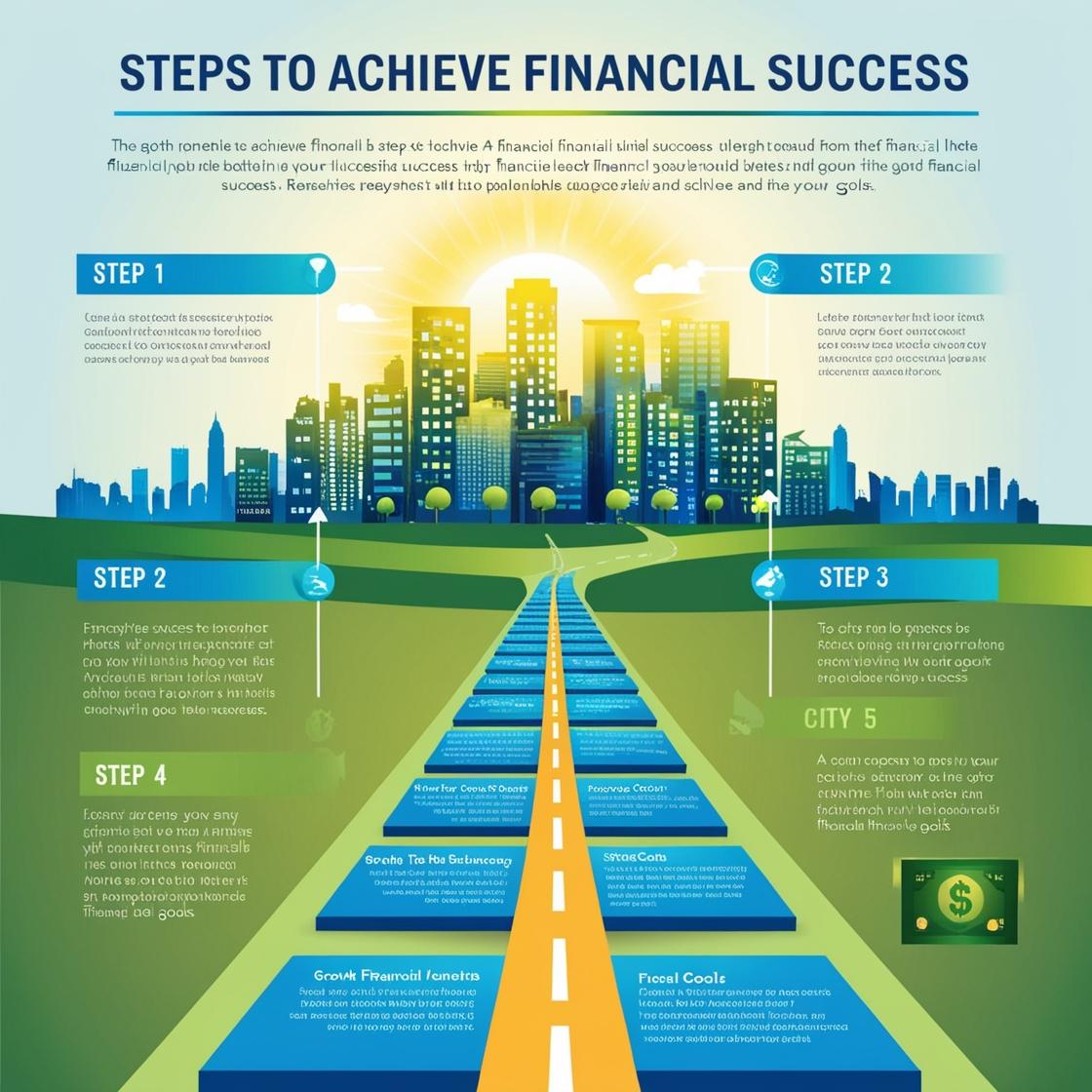
## The Hidden Secrets of Financial Education: A Journey from Debt to Wealth
In today’s world, financial education remains a mystery to many, but understanding it can open doors to wealth that traditional schooling doesn’t reveal. This concept is vividly explored in the recently released book “Fake: Fake Money, Fake Teachers, Fake Assets.” Here’s a deep dive into its transformative ideas.
### Using Debt to Create Wealth
The book highlights a powerful, yet often controversial, strategy: using debt as a tool for investment. Unlike conventional wisdom, which discourages debt, the book argues that leveraging debt can significantly reduce tax liabilities and enhance wealth creation. This method, employed by successful figures like Robert Kiyosaki and President Donald Trump, is not without risk and requires substantial financial knowledge. Therefore, it’s not recommended for everyone but is presented as a superior strategy for those with a strong understanding of financial principles.
### Three Types of Income
A critical insight shared in the book is the differentiation between three types of income:
1. **Earned Income**: This is the money earned from working a job, which is heavily taxed.
2. **Portfolio Income**: Income generated from investments like stocks or real estate flips. This is taxed at a lower rate but still significant.
3. **Passive Income**: Often derived from real estate and other investments that generate cash flow without active involvement, this income bypasses traditional taxation methods.
### The Importance of Passive Income
The ultimate goal, according to the book, is to maximize passive income. This income stream, also known as cash flow, allows the wealthy to build assets while minimizing tax burdens. Unlike earned or portfolio income, passive income offers a path to financial freedom by creating a steady, reliable cash flow that is less susceptible to high taxation.
### The Role of Financial Education
The book critiques the current educational system for its failure to teach financial literacy. Schools focus on traditional subjects, leaving students ill-prepared to manage their finances or understand the complexities of the financial world. This lack of education perpetuates the cycle of poverty and financial struggle.
### Real-Life Application: Investing in Real Estate
Investing in real estate is presented as a prime example of using debt wisely. While it may seem risky to some, the book argues that real estate offers a tangible way to build wealth through passive income. It encourages readers to shift their mindset from earning a high salary to acquiring assets that generate income.
### The Risk of Traditional Advice
The book challenges traditional financial advice, such as investing for the long term in a diversified portfolio of stocks, bonds, and mutual funds. It argues that this approach is outdated, especially in a world where technology like high-frequency trading can outpace human decision-making. Instead, it promotes a proactive approach to learning and investing, tailored to the modern financial landscape.
### A New Perspective on Financial Success
Ultimately, the book advocates for a paradigm shift in how we think about money and investing. It encourages readers to look beyond traditional measures of success and explore innovative strategies for building wealth. This requires a commitment to continuous learning and a willingness to take calculated risks.
### Conclusion
“Fake: Fake Money, Fake Teachers, Fake Assets” provides a thought-provoking exploration of financial education and wealth creation. It challenges readers to rethink their approach to money, emphasizing the importance of financial literacy and strategic investing. While the methods discussed may not be suitable for everyone, they offer valuable insights for those willing to expand their financial knowledge and take control of their financial future.




